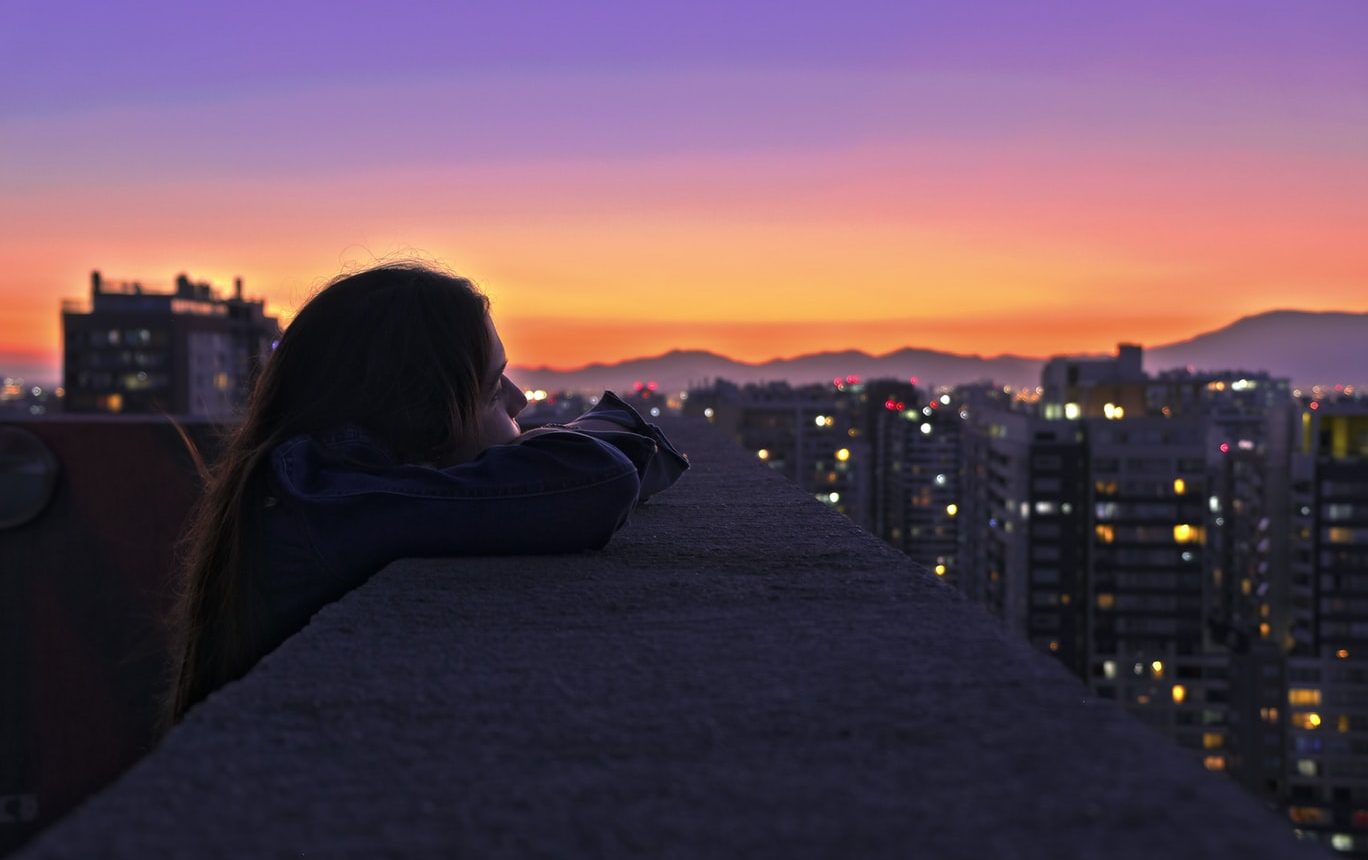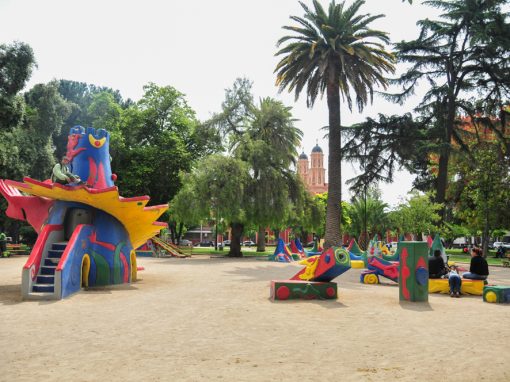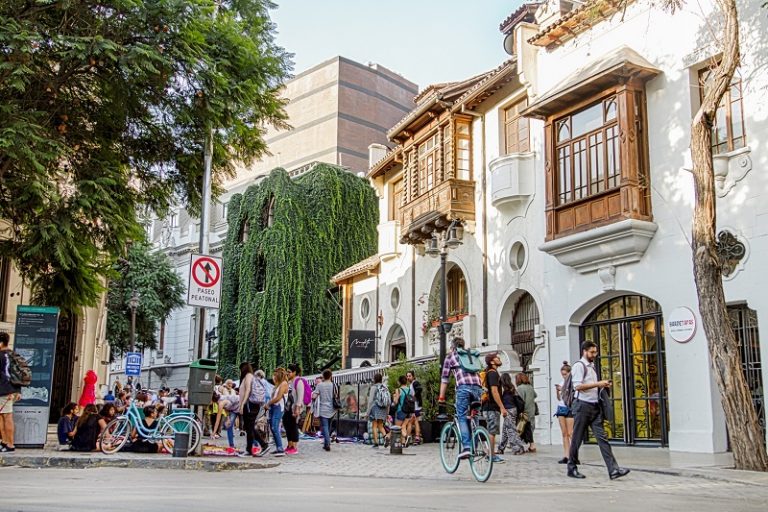Why renting a furnished apartment in the district of Santiago? It’s simple: Because we are talking about downtown, the city’s heart or the “Gran Santiago”.
This area of the capital includes “only” the old centre of the city that the “Gran Santiago” (the whole city of Santiago) has today. To avoid confusion, locals (Santiaguinos) refer to it as Santiago Centro or the “centro centro”. We are talking about one of the most populated and interesting districts to live in, if you are one of those who like to have everything close, even history.
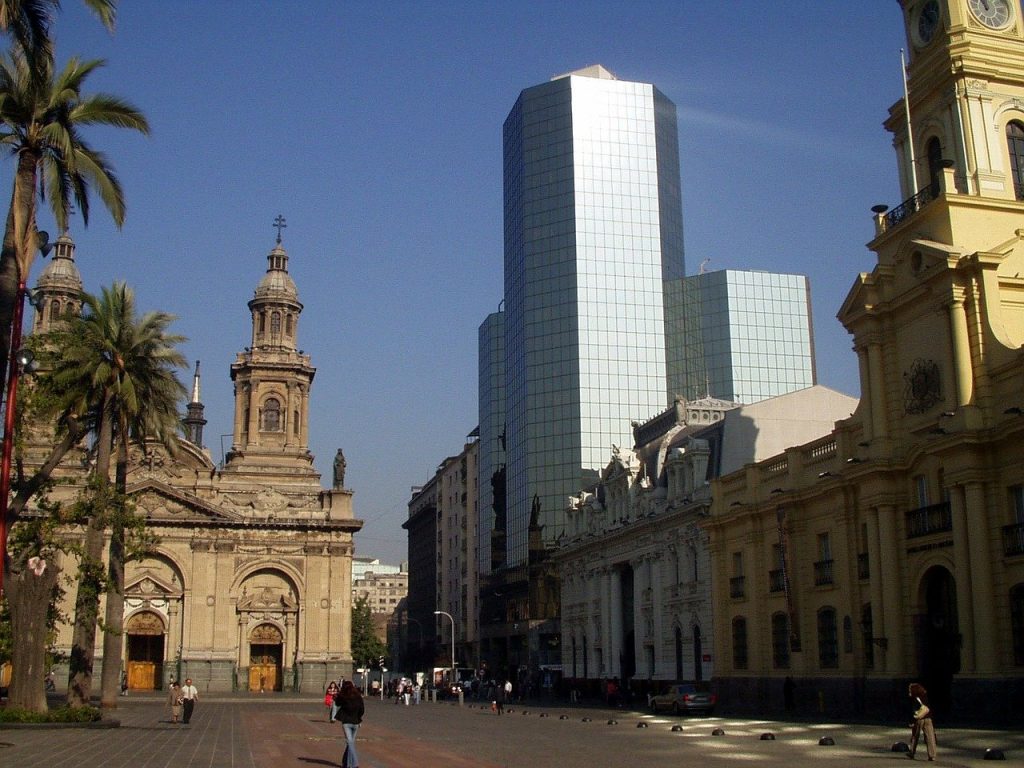
A little bit of history
Let’s start around the XVI century: The Plaza de Armas (main square) is still in the same place as when the city was founded in 1541. Here you will find the cathedral, the post office building, the Museum of National History, and the City Hall. The surrounding streets -designed after Spanish custom, like a checkerboard- allow us to easily locate ourselves in the historical centre of the city, where we can find the country’s most vibrating political, commercial, judicial, and financial life. The Stock Exchange, the Palacio de La Moneda (the president’s house), the Courts of Justice, the former National Congress – all are within a few blocks.
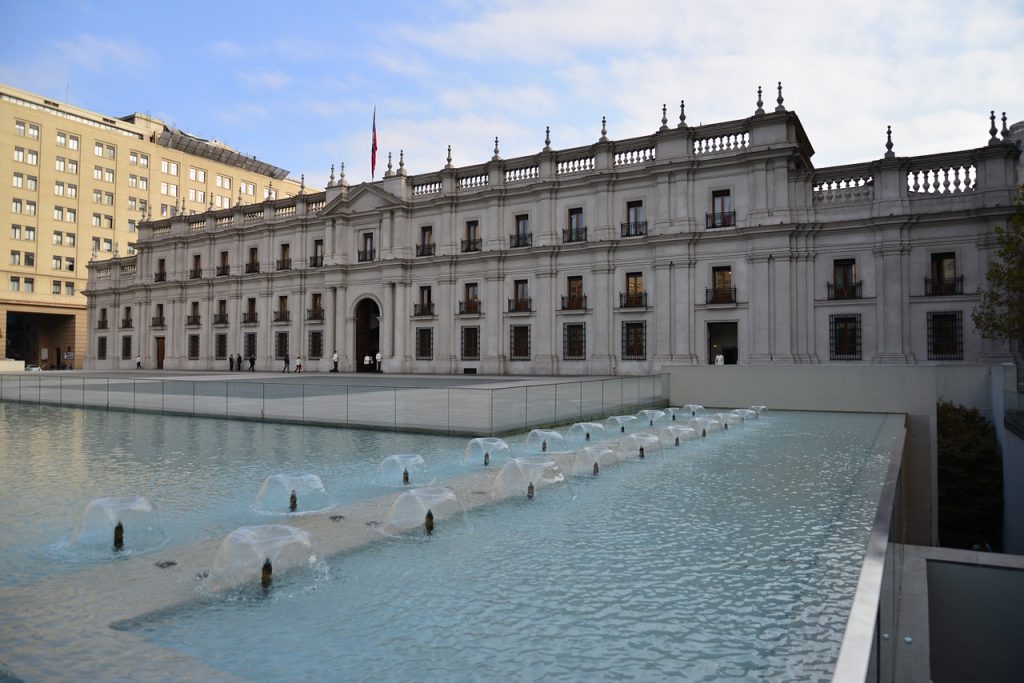
Education and culture
In this area most of the public universities have their headquarters: U. Católica, U. de Chile and UTEM. In addition, there are several private institutions. In total there are 16 universities that have headquarters in the “centro”.
Here, most buildings are related to cultural activities: the majestic Teatro Municipal (opera/classical music), the Movistar Arena (popular concerts), the theatres Caupolicán, Huemul, Novedades, Cariola and Ictus. In total there are 22 museums in the district, all displaying different topics, from pre-Columbian art and Fine Arts to Human Rights exhibitions. As if this was not enough, the district also has several cultural centres that offer theatre and dance, expositions and workshops: Estación Mapocho, Gabriela Mistral (GAM), Palacio de la Moneda. Another highlight of this area is the National Library inaugurated in 1925, and the more recent Library of Santiago (2005), in addition to the National Congress Library.
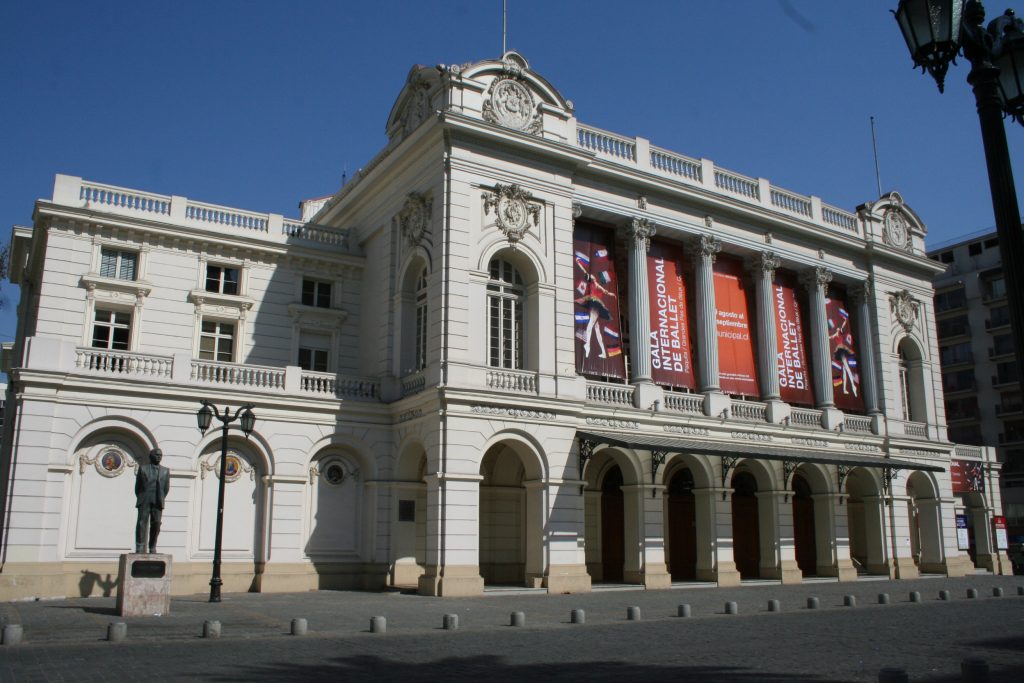
Green areas
The district also has large green areas: The most central and photogenic is the Parque Forestal that begins in Plaza Italia and stretches to Mercado Central and Vega Central. On the south side of the district is the popular Parque O’Higgins with a small lagoon and its much-visited amusement park Fantasilandia. Santa Lucía hill (where the city was founded) also counts as a park, where it is possible to visit its many corners. Moving to the west side, on the south bank of the Mapocho River, is the Parque de los Reyes, the favourite for lovers of antiques and “cachureos” (knick-knacks). In addition to these green areas, there are squares such as the Plaza de la Ciudadanía and the Plaza de la Constitución and many other small squares distributed in the different neighborhoods.
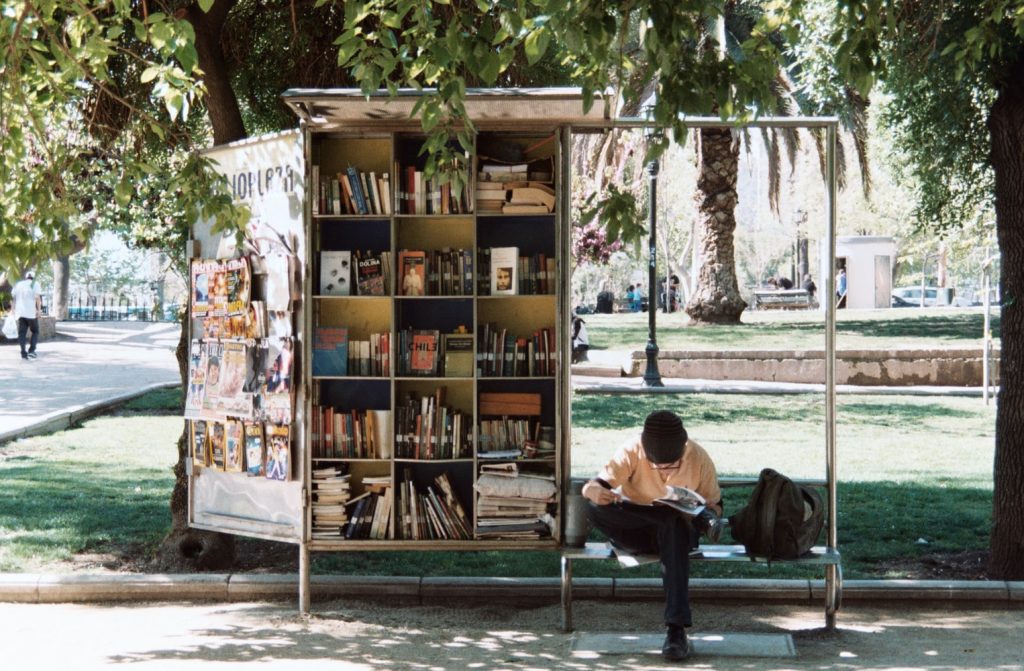
The neighborhoods
The district of Santiago has the most typical neighbourhoods to its credit: 38 in total, each with its own identity. There are the bohemian neighbourhoods Lastarria and Bellas Artes, the university neighbourhood Barrio República, the architectural neighbourhoods Concha y Toro and Paris-Londres. There is also the popular Barrio Franklin with its slaughterhouses and its great Persian fair. Presidents and artists, merchants and prostitutes, monks and farmers who came to the city, European immigrants of yore and Latin American immigrants of today – all of them have been accommodated by this district, generating a great cultural diversity and a wealth of services.
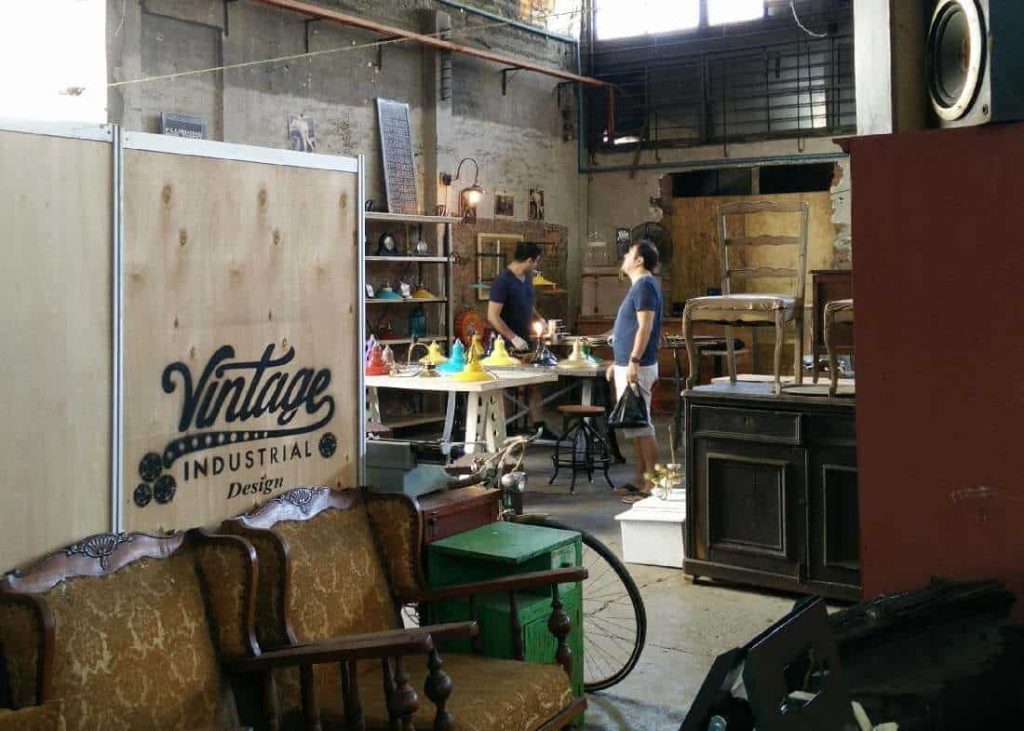
Independencia and Recoleta are neighbors of Santiago in the north, Providencia and Ñuñoa in the east, San Joaquín, San Miguel and Pedro Aguirre Cerda in the south and Estación Central and Quinta Normal in the west.
Services in Santiago Centro
Here you will find everything: small stores and drugstores, pharmacies and department stores, simple as well as luxurious restaurants, clubs and bars and a wide range of hotels and apartments.

It is almost 9 well-connected urban square miles. Four lines of the metro/subway pass through the district of Santiago (lines 1, 2, 3 and 5 with 15 stations in total) as well as most of the bus routes. With line 1 of the metro you can quickly reach the two big intercity bus terminals (Terminal Alameda and Terminal Santiago) as well as the Central Station where the suburban trains depart. From Los Héroes subway station the buses also leave to the airport.
Here you also find old adobe houses of 1 or 2 floors with high ceilings next to modern buildings with 30 floors and small apartments. Santiago is among the four districts with the highest demand for housing and the most affordable too – another good reason to live in the district of Santiago.
